The transmission is one of the essential components of your car. Its job is to deliver power from your engine to the wheels, giving you the ability to drive. Transmission fluid is what keeps all the gears and components lubed up so they can run smoothly. Ever wondered how you can check your transmission fluid on a Honda Accord. We have consulted automotive experts on how to do just that. Here is what we got from them.
Here are the steps to help you check your Accord's transmission fluid. The location of your dipstick may differ since Honda Accords have different engine layouts depending on the generation -refer to your owner's manual.
- Warm up your vehicle -turn off the engine before the next step.
- Keep your vehicle on level ground.
- Locate the dipstick for your transmission. This dipstick will usually have an indicator that it's for the transmission.
- Remove the dipstick and wipe off the fluid.
- Put the dipstick back in. Make sure the dipstick is fully in.
- Take out your dipstick. The second time you remove your dipstick will be the proper reading of your fluid level.
- Make sure your fluid level is in between the two indicators.
- Put back the dipstick.
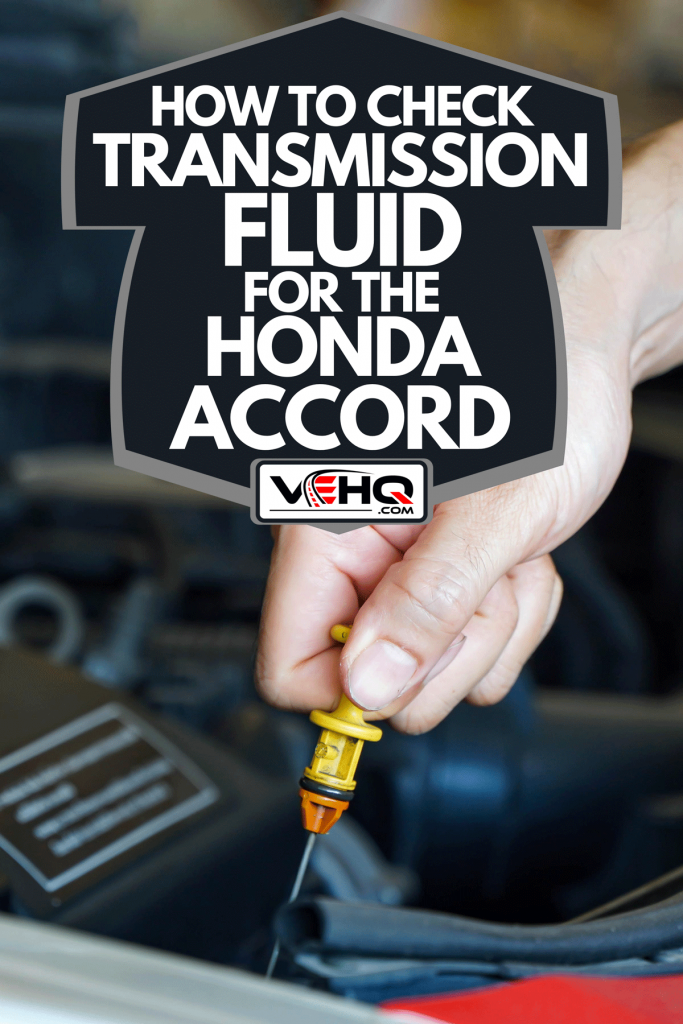
One of the best ways to check if your transmission fluid is still good is to bring it to a mechanic for an inspection. The mechanic will be able to check your transmission fluid level and condition if brought to a shop. They can also keep a record of your car so that you'll know when your next transmission fluid change is due. For more information about your vehicle, keep reading below.
What Are The Signs Of Low Transmission Fluid?
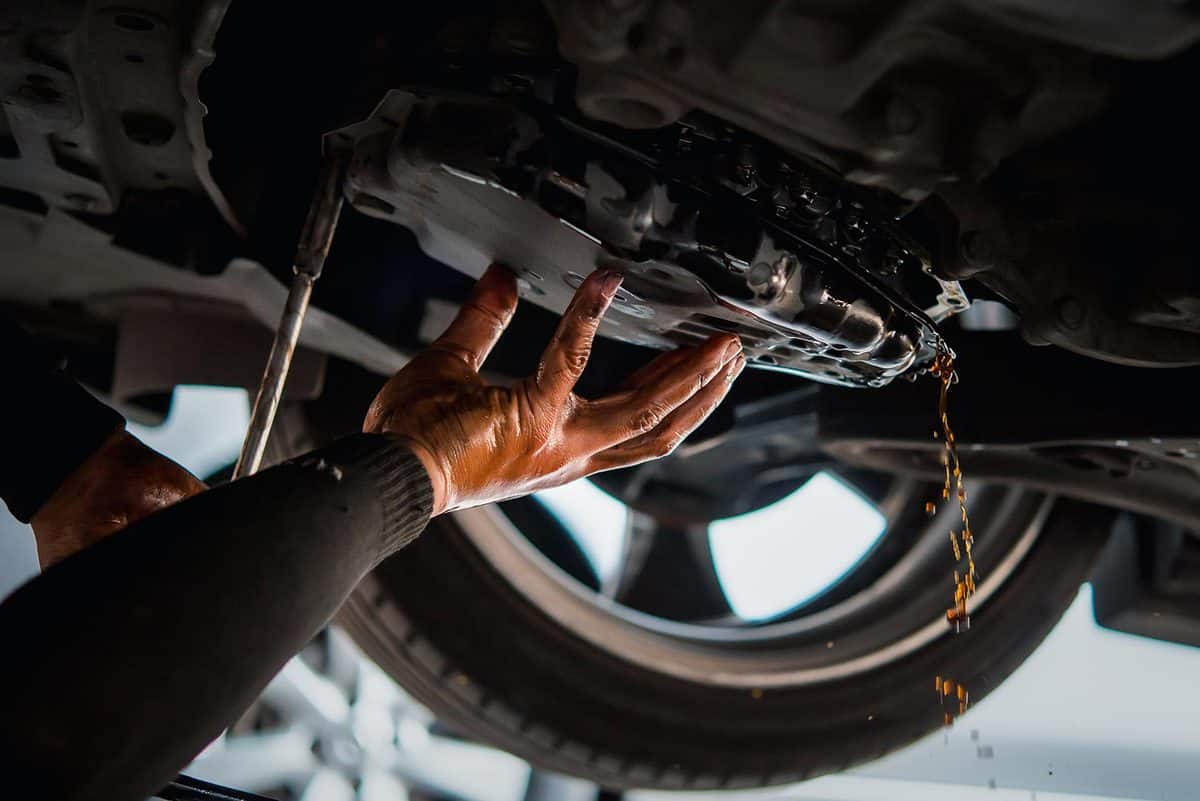
When driving a vehicle with low transmission fluid, a lot of negative things may happen. Here are some of the signs you must look out for to know if you are low on transmission fluid.
- Shifting issues
- Shaking and vibrating
- Burning smell
- Puddles of fluid underneath your vehicle
- Limp mode
- Noise
- Car won't accelerate when stepping on the gas
From your car shaking to making grinding noises, this can all be caused by low transmission fluid. While driving, you may also notice that your car won't speed up even if you step on the accelerator and your RPM rises.
You can also visually check if your car may be low on fuel. Puddles of fluid underneath your can may come from a leak or your check engine light may be on telling you that something may be wrong with your car.
Note: When Checking Transmission Fluid Level
If you can't find your dipstick or if your car does not have a dipstick, it's best to check your user manual for more information. One thing to note is some newer models will not have a visible dipstick on the engine bay. For that, it's best to check on your user manual where it's located.
Some transmissions only have inspection plugs on the side of the case but will require special procedures to check it.
What Happens When You Drive With Low Transmission Fluid?

Driving your vehicle with a low transmission fluid will permanently damage its components. Damaging your transmission will be costly to repair or replace. That's why it's best if you take your car in for regular inspections.
Once you get your transmission fluid low enough, you will start to feel something different while driving. Hard shifting is one of these problems. When experiencing hard shifting, you'll feel your car jolt forward or back. Hard shifting is one of the most common situations you'll encounter when low on fluids.
Another thing that can happen when low on transmission fluid is overheating. When you are low or out of transmission fluid, there is nothing to lubricate the components and dissipate heat, thus causing your transmission to overheat.
Taking your vehicle to a mechanic will help you avoid low transmission fluid. Some newer cars don't have a dipstick and will have to be brought to a mechanic to check whether their transmission fluids are getting low.
What Is The Cost To Change Transmission Fluid?
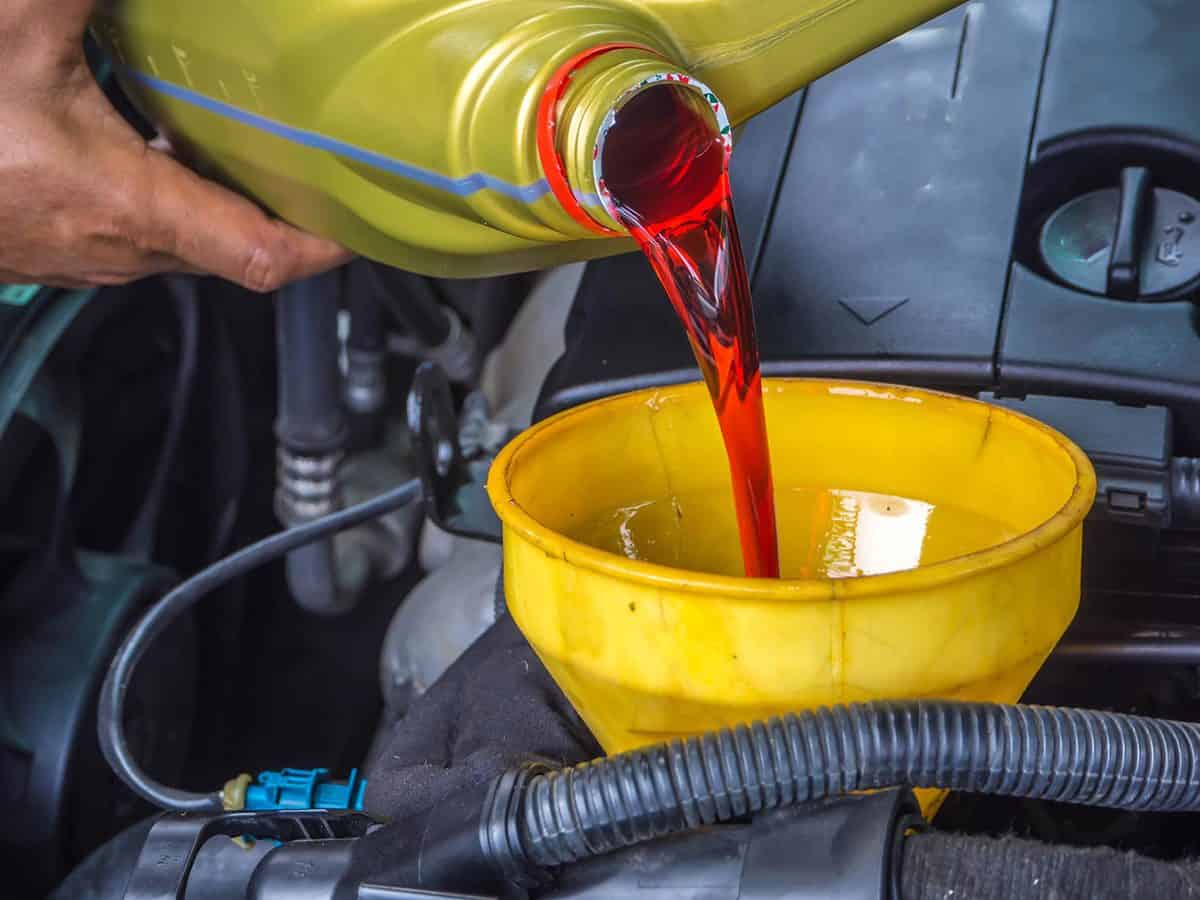
Keeping your transmission fluid healthy is a great way to take care of your vehicle. Since the transmission is one of the essential parts of the car, its job is to deliver engine power to your wheels.
A transmission fluid change will differ depending on who is going to do it.
- Changing the transmission fluid yourself will cost from $50 to $100.
- Bringing it to a mechanic will cost from $80 to $150.
- Bringing it to a dealership will cost from $150 to $250.
If you don't know how to change the transmission fluid yourself, we advise that you bring it to a mechanic or dealership. They will also keep a record of when you got your transmission fluid changed and when it will be due next. Maintaining your transmission is very important because it will be costly to have it repaired or replaced.
Is There A Warning Light For Low Transmission Fluid?
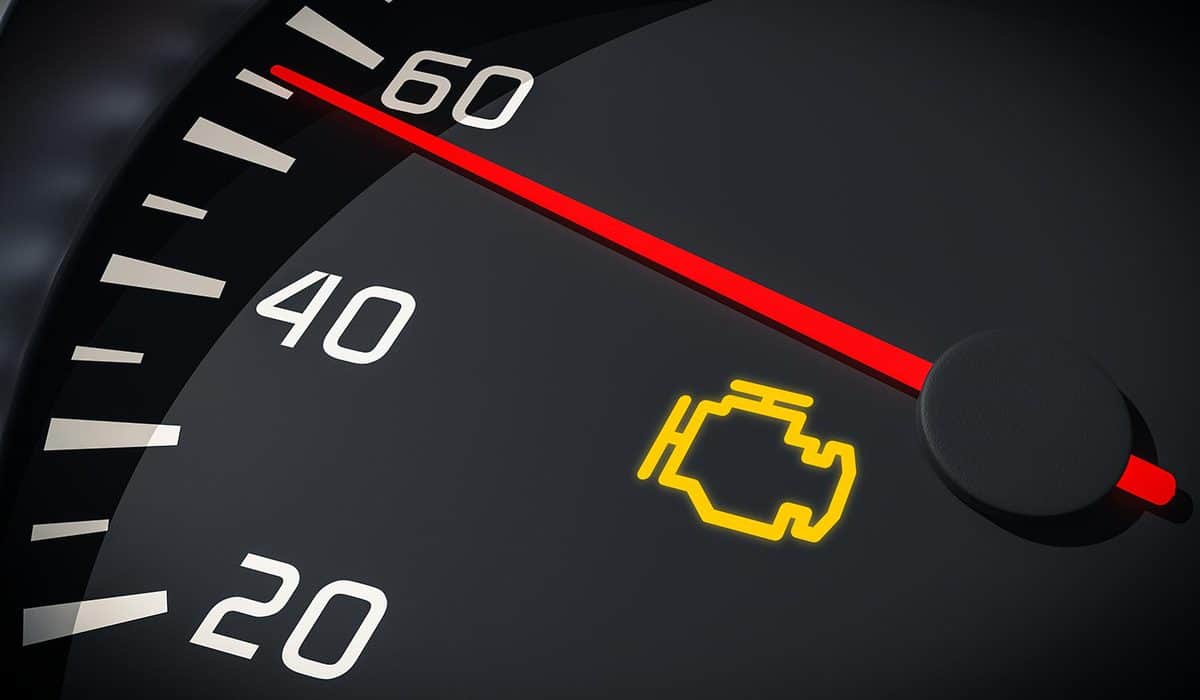
Yes, there will be a symbol that will light up in your gauge cluster if your vehicle is low on transmission fluid. This light is also known as the check engine light. Lubricating the transmission is very important; that's why your car will tell you if something is wrong.
The check engine light is a sign that something is wrong with your car and you must get it inspected. You can use an OBD reader or bring your vehicle to a mechanic to determine if low transmission fluid is the main cause of the light coming on.
What Does transmission Slip Feel Like?
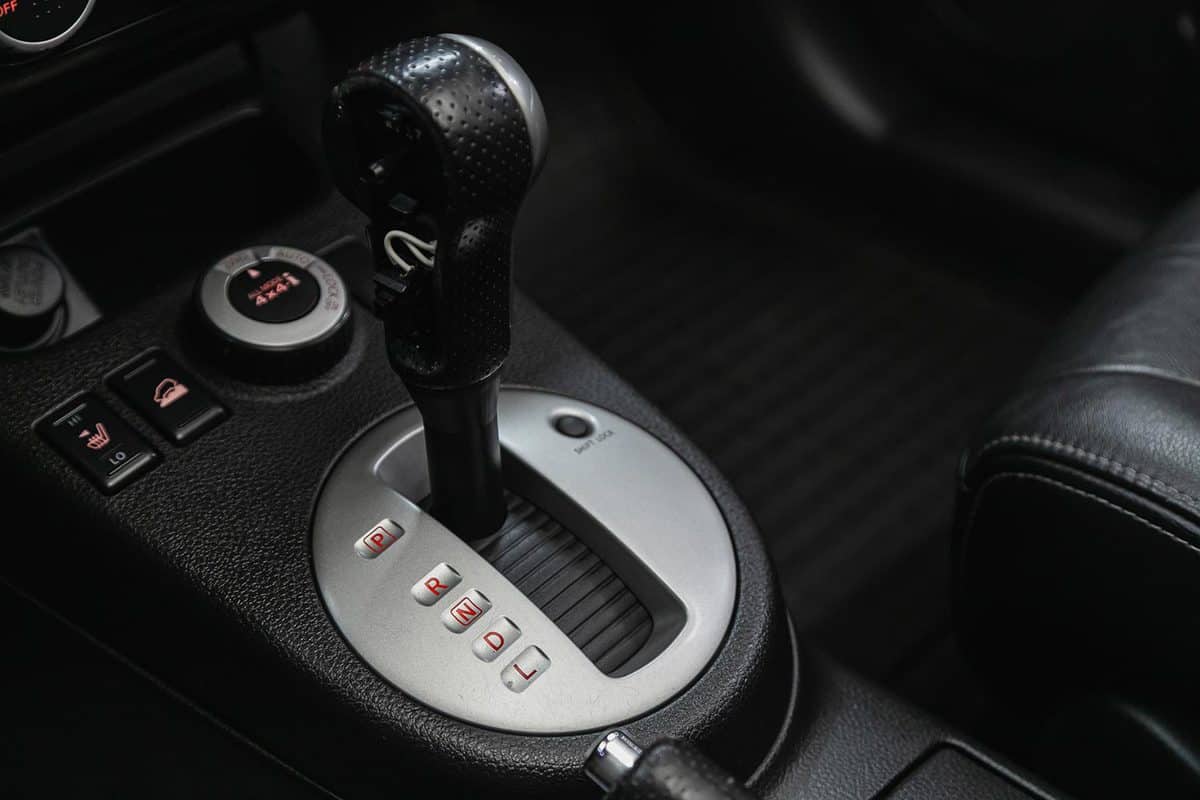
When driving your vehicle, every time you step on your gas pedal, your RPM and your car's speed should increase. The only time the RPM should go down is when your car is changing gears.
Now, if you're driving on the road and you step on the gas pedal, your RPM goes up, but your speed does not increase; this is what you call a transmission slip. This has a similar feeling to driving on top of an icy surface.
A transmission is there to deliver the power from the engine to your wheels. When your experience slipping, your transmission is not delivering proper power to your wheels. Your car will still speed up but at a much slower rate than normal.
To test if your vehicle's transmission is slipping, you can go to a private road; from there, you can try to floor your car. If your RPM is the only one increasing, you have a transmission slip.
What Are The Signs Of A Torque Converter Going Out?
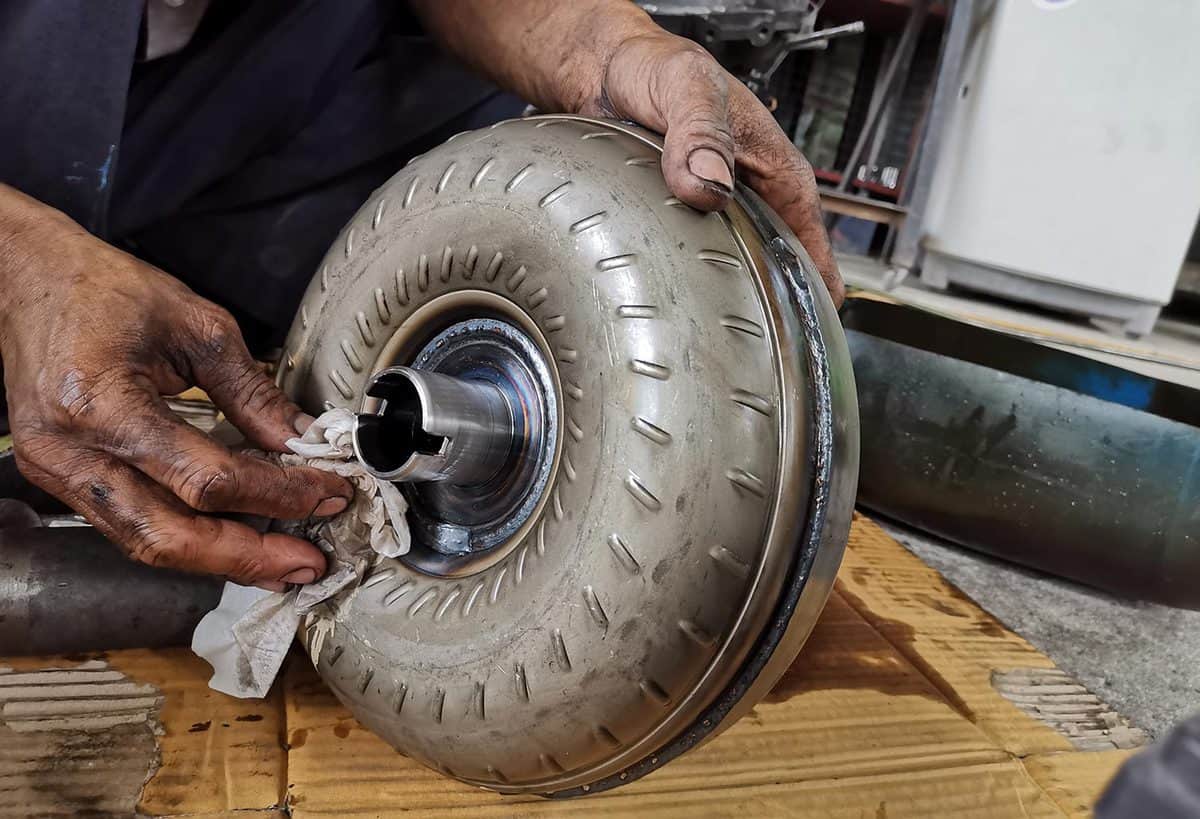
A torque converter is a fluid coupling that transfers mechanical power from the engine to a rotating driven load. A torque converter helps sync the speed and torque of the drive wheels sync with the engine.
So it is essential that you try to maintain your torque converter to prevent it from getting permanent damage. Here are some of the signs your torque converter is going out.
- Clunking and whining noise
- Overheating
- Gear slips
- Increased stall speed
You may feel your car slipping gears or even smell your transmission overheating. If you have noticed any of these signs you would want to take your car in for inspection to see what the main cause is.
Closing
Maintaining the proper amount of fluid in your transmission is essential. The transmission is the component of your vehicle that delivers engine power to your wheels so you can move.
Bringing your vehicle to a mechanic regularly can help avoid transmission problems and help prolong the life of your car. You can also get them to replace your transmission fluid if you don't know how to.
For more automotive topics and tips, here are some more articles.
How To Defog Your Windshield Without Using The Heater
Can You Have A Passenger While Driving For Uber, Lyft, Uber Eats, Or Doordash?
